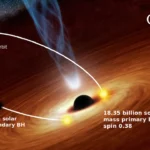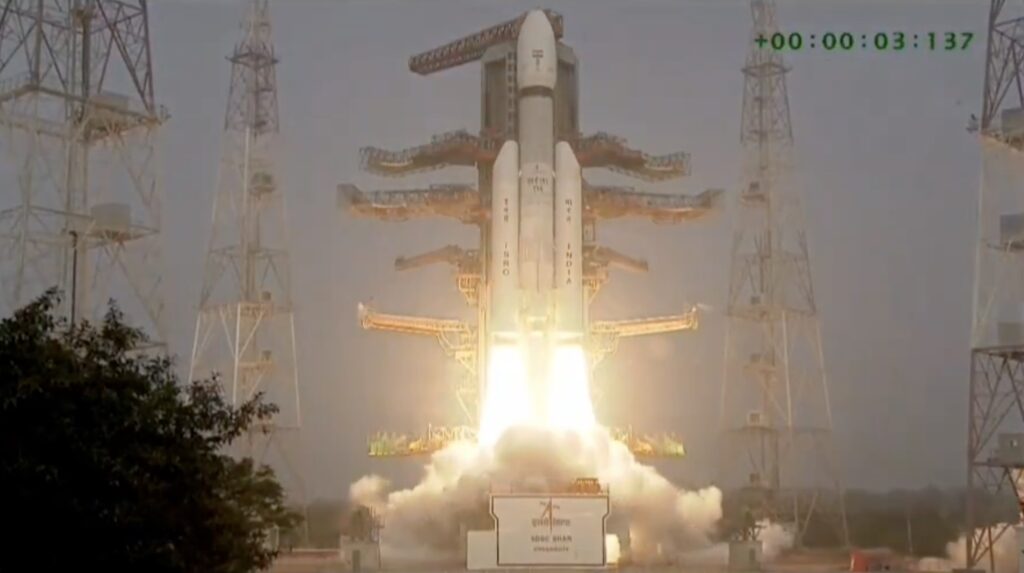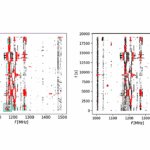Now Reading: Europe’s Human and Robotic Exploration hit by budget shortfall
-
01
Europe’s Human and Robotic Exploration hit by budget shortfall
Europe’s Human and Robotic Exploration hit by budget shortfall


BREMEN – The European Space Agency’s Human and Robotic Exploration (HRE) program fell short of its budget request at the ministerial, with member nations agreeing to contribute 2.66 billion euros ($3.08 billion), accounting for roughly 70% of the 3.77 billion euro ask. ESA set its overall budget at 22.1 billion euros — a significant increase compared to the €16.9 billion approved in 2022.
“ We raised the bar very high,” said Daniel Neuenschwander, ESA’s Director of Human and Robotic Exploration, speaking immediately after the budget was released. “We took a risk, because we are convinced that Europe has to make a step to increase exploration. And this was also a message.”
This outcome could signal a shift in Europe’s strategic priorities — toward secure communications and dual-use technologies, programs that were heavily oversubscribed in this ministerial — or it may reflect a response to the evolving risk profile of NASA’s exploration programs: Mars Sample Return (MSR) now cancelled, Gateway under re-evaluation and Artemis budgets facing political headwinds. All of this inevitably shapes how European ministers choose to allocate exploration funds. France, for example, contributed to HRE with 200 million euros, significantly less than Germany (871 million euros) and Italy (834 million euros) — an indication that Paris is placing its political emphasis elsewhere.
Neuenschwander stressed, however, that the core capabilities needed to build autonomy across all target destinations remain intact. “We confirmed the Cargo Return Service for LEO, Argonaut for the moon, and Rosalind Franklin for Mars,” he said. The requested 600 million euro budget for Argonaut was also approved. “Argonaut Mission 1 is confirmed and we now need to select the payloads, which will be selected in due time.”
ESA’s Cargo Return Service aims to develop a commercial European capability to transport cargo to and from low Earth orbit, while Argonaut is ESA’s flagship lunar lander, expected to reach the Moon by 2030. Rosalind Franklin is the European rover of the ExoMars program, now planned for launch in 2028.
What remains unclear is which parts of the HRE portfolio will be reassessed to account for the 30% budget gap. The most likely candidate is Europe’s contribution to MSR, the NASA-led mission now officially being cancelled after years of uncertainty and cost escalation. Neuenschwander confirmed that the Earth Return Orbiter (ERO) — ESA’s primary contribution to MSR, designed to capture NASA’s sample container in Mars orbit and return it to Earth — will be reoriented into ZefERO, a standalone European mission focused on Mars geology that’s planned for 2032.
“I’m very happy that the member states supported us in the concept of reorienting ERO towards ZefERO,” Neuenschwander said.
It is still unclear which other missions may be cut, postponed or reshaped to align with the new budget reality. “We are just collecting the elements. And what we will do is go back to our member states and discuss the different options,” Neuenschwander said. “The step increase has not been achieved, but count on us to come back.”
Stay Informed With the Latest & Most Important News
Previous Post
Next Post
-
 01From Polymerization-Enabled Folding and Assembly to Chemical Evolution: Key Processes for Emergence of Functional Polymers in the Origin of Life
01From Polymerization-Enabled Folding and Assembly to Chemical Evolution: Key Processes for Emergence of Functional Polymers in the Origin of Life -
 02Panasonic Leica Summilux DG 15mm f/1.7 ASPH review
02Panasonic Leica Summilux DG 15mm f/1.7 ASPH review -
 03Two Black Holes Observed Circling Each Other for the First Time
03Two Black Holes Observed Circling Each Other for the First Time -
 04How New NASA, India Earth Satellite NISAR Will See Earth
04How New NASA, India Earth Satellite NISAR Will See Earth -
 05And Thus Begins A New Year For Life On Earth
05And Thus Begins A New Year For Life On Earth -
 06Astronomy Activation Ambassadors: A New Era
06Astronomy Activation Ambassadors: A New Era -
07SpaceX launch surge helps set new global launch record in 2024




















